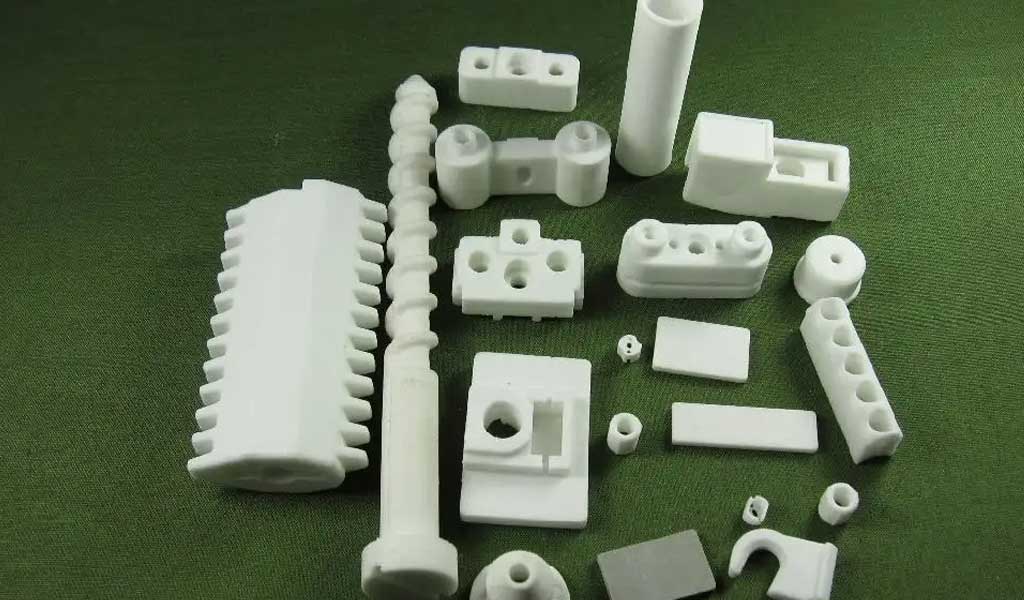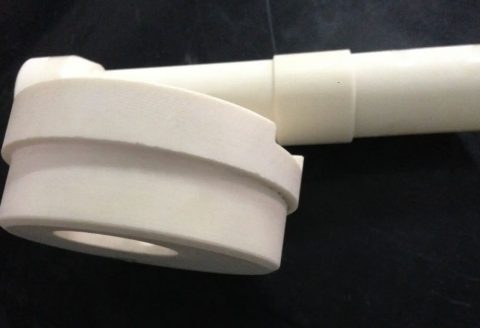
What is Alumina Ceramic Coating?Alumina ceramic coatings include: alumina coating, alumina-titanium oxide coating and nano-alumina coating. The layer transitions to a multi-layer or gradient gradient layer. Beijing Naimer Technology uses plasma sprayed alumina to prepare structural composite coatings and functional gradient coatings.
Alumina ceramics is a ceramic material with alumina (Al2O3) as the main body, which is used in thick film integrated circuits. Alumina ceramics have good conductivity, mechanical strength and high temperature resistance. It should be noted that ultrasonic cleaning is required. Alumina ceramics is a kind of ceramics with a wide range of uses. Because of its superior performance, it has been widely used in modern society and meets the needs of daily use and performance.
Alumina ceramics is a ceramic material with (Al2O3) as the main body, which is used in thick film integrated circuits. Alumina ceramics have good conductivity, mechanical strength and high temperature resistance. Silicon nitride ceramics are inorganic materials that do not shrink during sintering. The strength of silicon nitride is very high, especially hot-pressed silicon nitride, which is one of the hardest materials. These two materials have commonalities, and it is hard to say which one is better. It depends on the actual use situation to choose the material.
Compared with alumina ceramics, zirconia ceramics are more zirconia ceramics. The reason is that the sintering temperature of zirconia ceramics is higher. The density is twice as high as that of alumina ceramics.
Alumina ceramics is a ceramic material with alumina (Al2O3) as the main body, which is used in thick film integrated circuits. Alumina ceramics have good conductivity, mechanical strength and high temperature resistance. It should be noted that ultrasonic cleaning is required. Alumina ceramics is a kind of ceramics with a wide range of uses. Because of its superior performance, it has been widely used in modern society and meets the needs of daily use and performance.
Alumina ceramics are divided into two types: high-purity type and ordinary type.
High-purity alumina ceramics are ceramic materials with Al2O3 content of more than 99.9%. Because their sintering temperature is as high as 1650-1990 ° C and the transmission wavelength is 1-6 μm, they are generally made of molten glass to replace platinum crucibles; use its light transmission. It can be used as a sodium lamp tube because of its properties and corrosion resistance of alkali metals; it can be used as an integrated circuit substrate and a high-frequency insulating material in the electronics industry.
Ordinary alumina ceramics are divided into 99 porcelain, 95 porcelain, 90 porcelain, 85 porcelain and other varieties according to the content of Al2O3. Sometimes those with Al2O3 content of 80% or 75% are also classified as ordinary alumina ceramics series. Among them, 99 alumina ceramic materials are used to make high temperature crucibles, refractory furnace tubes and special materials, such as ceramic bearings, ceramic seals and water valve plates; 95 alumina ceramics are mainly used for corrosion resistance and components; 85 ceramics are often mixed with Part of talc is added to improve electrical properties and mechanical strength. It can be sealed with metals such as molybdenum, niobium and tantalum, and some are used as electrical vacuum devices.
Forming methods of alumina ceramic products include dry pressing, grouting, extrusion, cold isostatic pressing, injection, casting, hot pressing and hot isostatic pressing. In recent years, pressure filtration molding, direct solidification injection molding, gel injection molding, centrifugal grouting and solid free molding have been developed at home and abroad in recent years. Products with different product shapes, sizes, complex shapes and precision require different molding methods.


